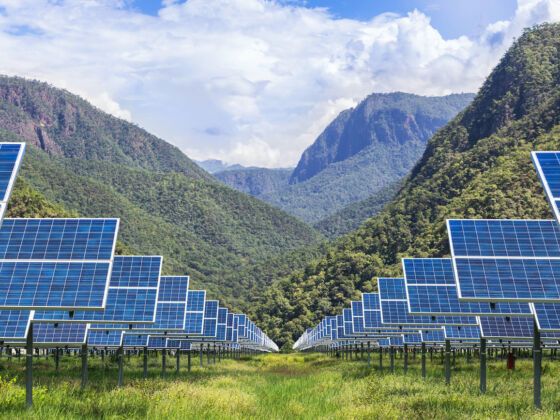This is The Climate Win, the most positive sustainability news around the world every week.
On October 11, the Australian state of South Australia powered itself entirely on solar power for a full hour. This may not seem like a significant accomplishment, particularly considering that there are 8,760 hours in a full calendar year. But it marked a global first. It was the first time an officially governed area as massive as South Australia — the state measures nearly 380,000 square miles, with a population over 1.7 million — has run entirely on solar for a full hour.
